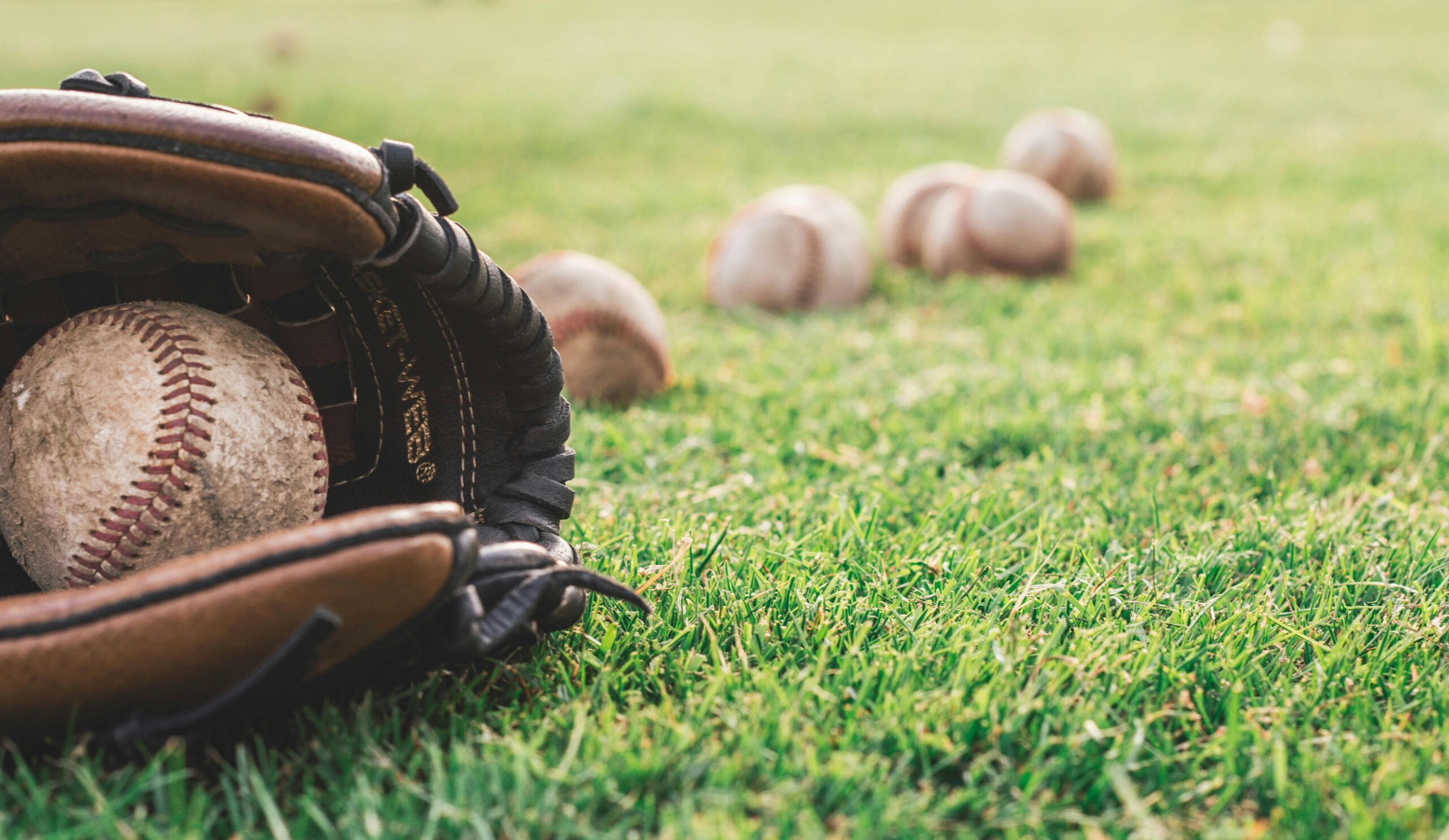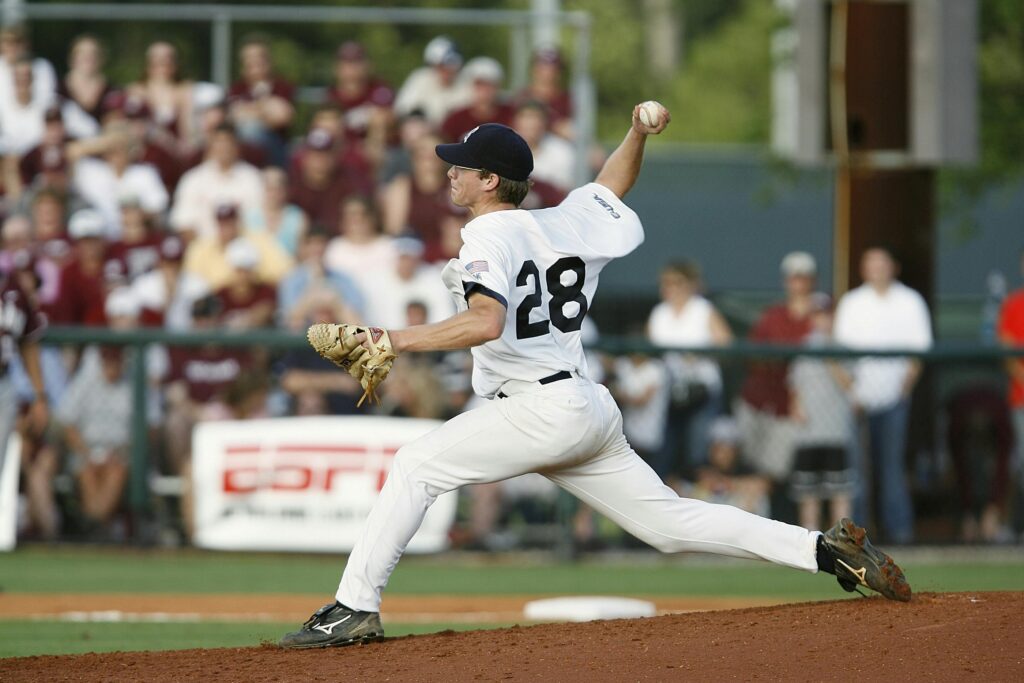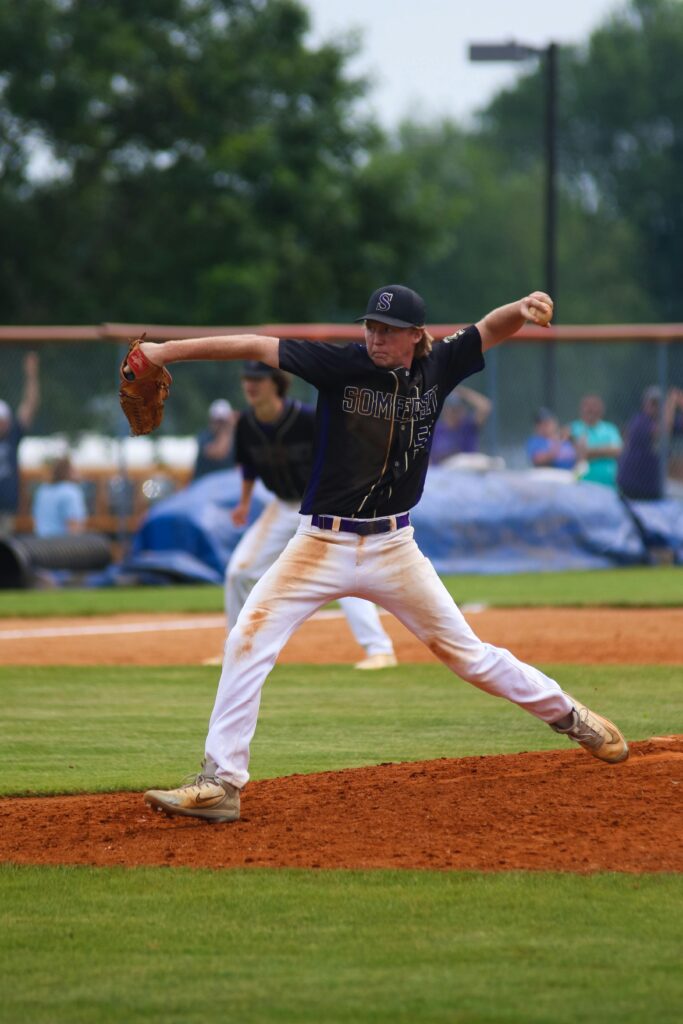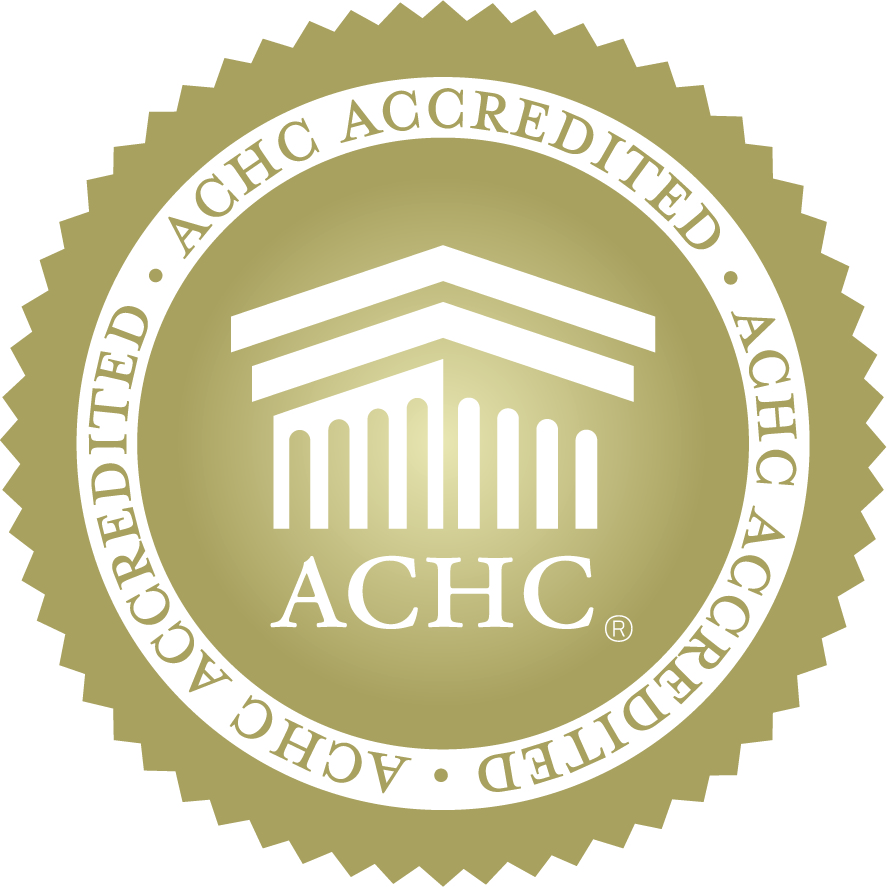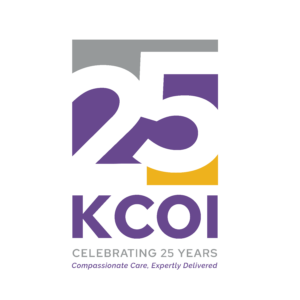Baseball season is here, and with it comes batting practice, bullpen sessions—and unfortunately, a rise in shoulder injuries. For anyone engaging in activities that involve repetitive throwing motions, from casual backyard games, to high school ball, to structured adult sports leagues, protecting your throwing arm is key to a healthy and enjoyable season.
At Kansas City Orthopaedic Institute (KCOI) and Kansas City Orthopedic Alliance (KCOA), we see a surge of throwing-related shoulder injuries each spring. Fortunately, most can be prevented—or treated effectively, with timely care.
Why Baseball Players Are Prone to Shoulder Injuries
The shoulder is the most mobile joint in the body—which also makes it vulnerable to stress, especially with the repetitive throwing motions common in baseball and softball.
Common shoulder injuries in baseball players include:
- Rotator cuff tendinitis or tears
- Labral tears (such as SLAP or Bankart lesions)
- Shoulder impingement syndrome
- Little League shoulder (an overuse injury affecting the growth plate)
- Shoulder instability or dislocation
Prevention Tips from the Pros
Want to avoid baseball injuries this season? Here are five ways to protect the throwing arm—backed by expert advice from KCOI and KCOA physicians:
Follow Pitch Count Guidelines
Stick to age-based pitch limits and required rest days between outings. Younger players are still developing and need time to recover. The American Sports Medicine Institute (ASMI) offers guidelines that many leagues follow for safe pitching volumes.
Warm Up Right
Start with a full-body dynamic warmup, not just shoulder stretches. Proper warmups increase blood flow, improve flexibility and prepare the muscles for high-velocity movement.
Cross-Train in the Off-Season
Incorporate cross-training during periods of reduced throwing activity to minimize repetitive strain. Year-round, single-sport participation, particularly in throwing-intensive sports, can increase the risk of injury, even in adults. Diversifying activities helps promote long-term arm health and overall athletic longevity.
Focus on Shoulder Strength and Stability
Conditioning programs that build shoulder, scapular, and core strength help support proper throwing mechanics and reduce risk of injury.
Listen to the Body
Pain is never “just part of the game.” If your athlete complains of soreness, tightness, or a decrease in throwing speed or accuracy, it’s time to rest—and potentially get evaluated by a specialist.
Dr. Daniel J. Chernoff shares quick tips to reduce the risk of injury while playing sports, including participating in multiple sports, preseason workouts and rest.
When to See a Shoulder Specialist
It’s normal to feel sore after a long game. But persistent pain or instability may signal something more serious. Schedule a visit with a specialist if your athlete experiences:
- Ongoing pain with throwing or lifting the arm
- Decreased range of motion
- A “popping” or “clicking” sensation
- Weakness or a “dead arm” feeling
- Recurring dislocations or shoulder instability
Our teams at KCOI and KCOA specialize in identifying shoulder injuries early—before they worsen—and creating tailored treatment plans for each patient experiencing baseball injuries.
Treatment Options for Throwing Shoulder Injuries
Treatment depends on the diagnosis and severity of the injury, but most young athletes won’t require surgery.
Non-surgical options may include:
- Rest and activity modification
- Physical therapy and rehab exercises
- Anti-inflammatory medications or corticosteroid injections
- Imaging and evaluation for more complex issues
For injuries like rotator cuff tears, labral damage or recurrent dislocations, minimally invasive procedures like arthroscopy may be recommended. Our orthopedic surgeons are experts in:
- Rotator cuff repair
- Labral repair and Bankart repair
- Shoulder reconstruction (for severe trauma or arthritis)
At KCOI and KCOA, we’ve performed thousands of shoulder repairs for athletes and active individuals throughout the Kansas City metro. Our goal is always the same: lasting pain relief and a safe return to play.
What Recovery Looks Like
After treatment, our patients follow a guided rehab and return-to-throwing protocol. That means:
- Gradual return to strength and flexibility
- Progressive throwing programs (under supervision of a Physical Therapist or Athletic Trainer)
- Ongoing guidance to prevent re-injury
Our sports medicine specialists understand what’s at stake—and help athletes of all levels recover with confidence.
Shoulder Care That Gets You Back in the Game
Whether your young pitcher is showing signs of overuse or you’re nursing a sore shoulder after a weekend doubleheader, KCOI and KCOA are here to help. We offer expert diagnosis, evidence-based treatment and a team of specialists who are passionate about keeping Kansas City athletes healthy.
If you’ve experienced an acute shoulder injury, Save Your Spot online at KCOI Ortho Urgent Care, where we provide access to highly specialized orthopedic care and sports medicine experts seven days a week.
